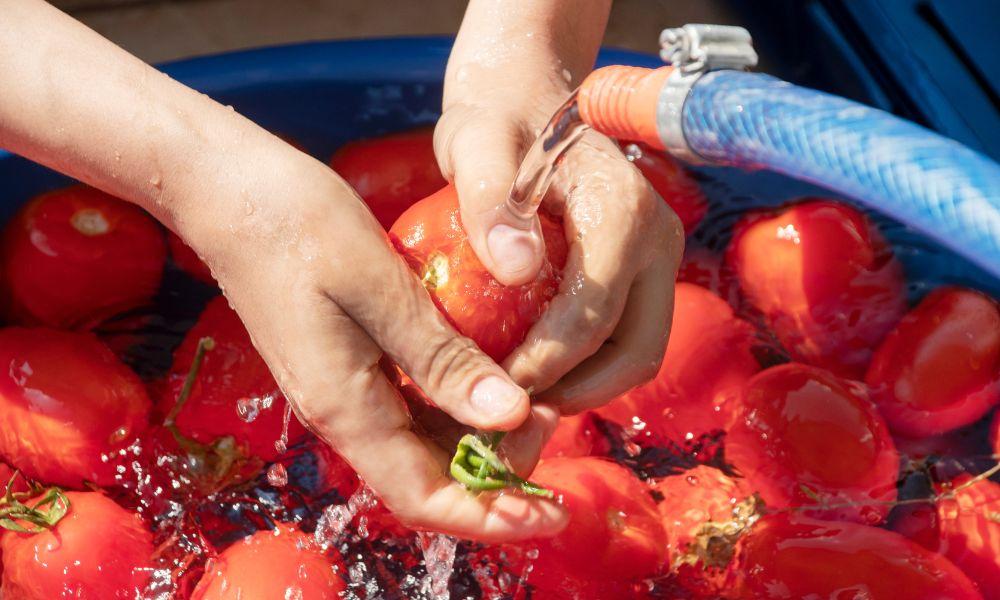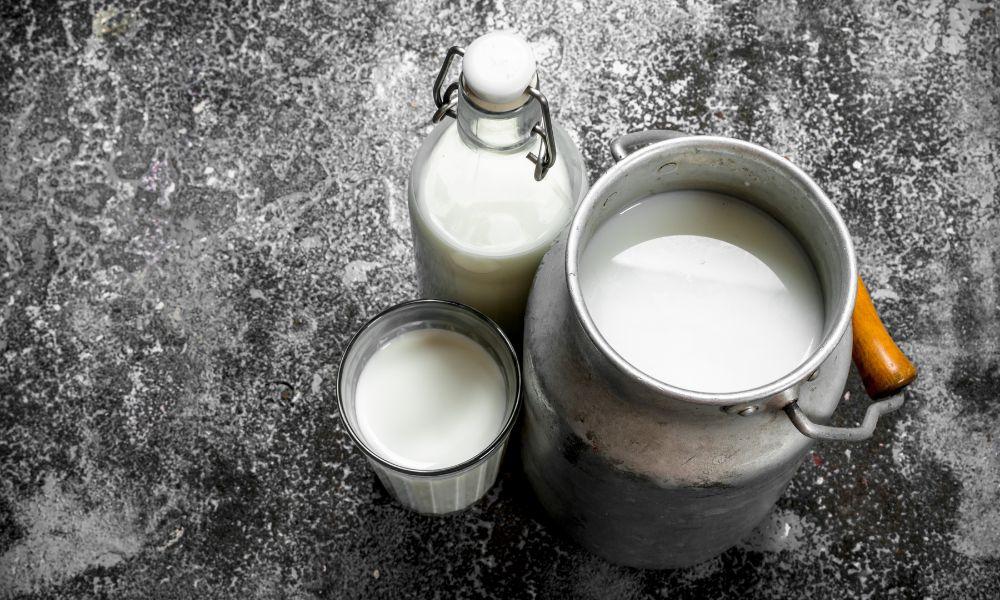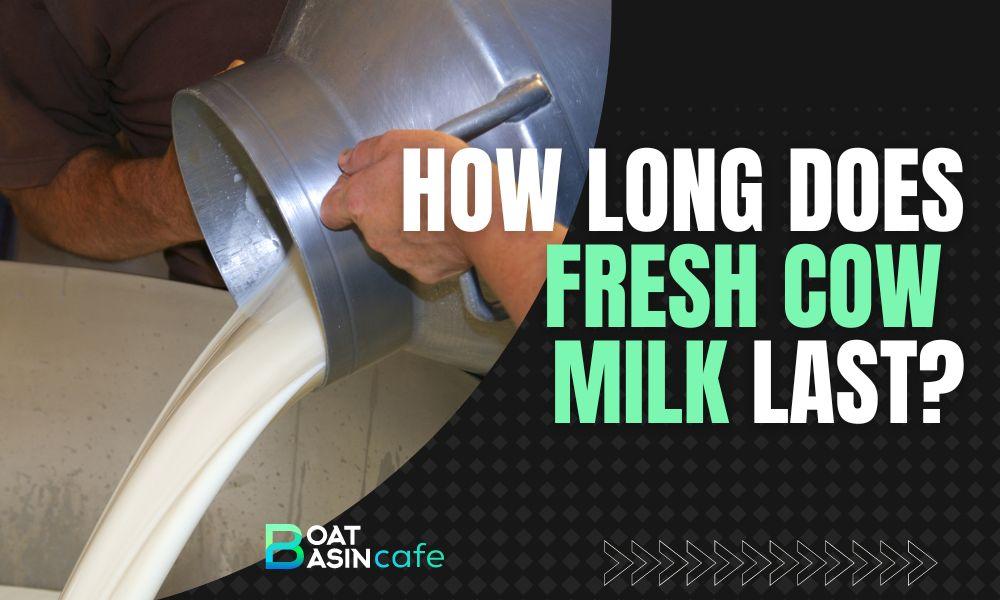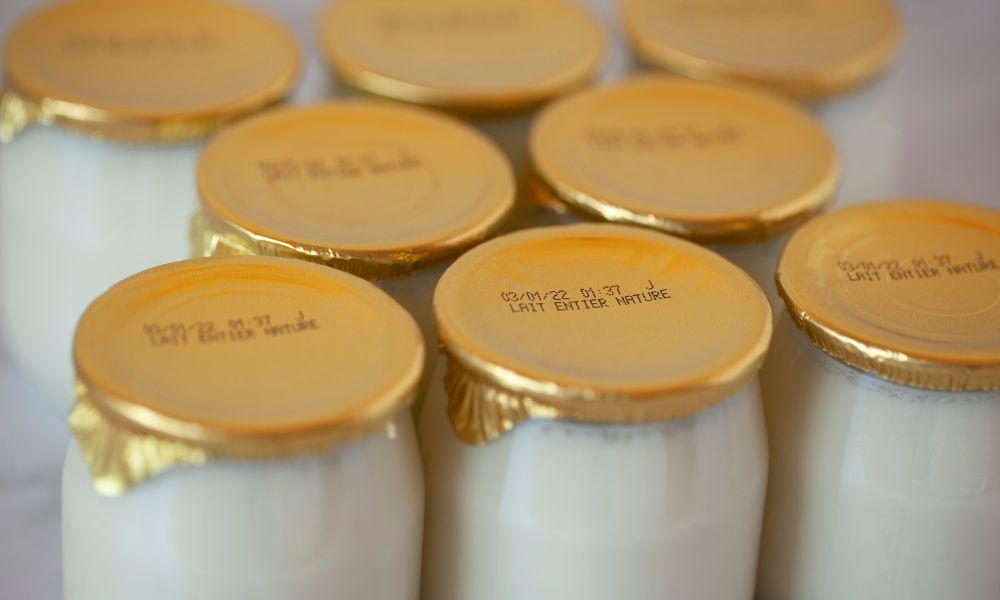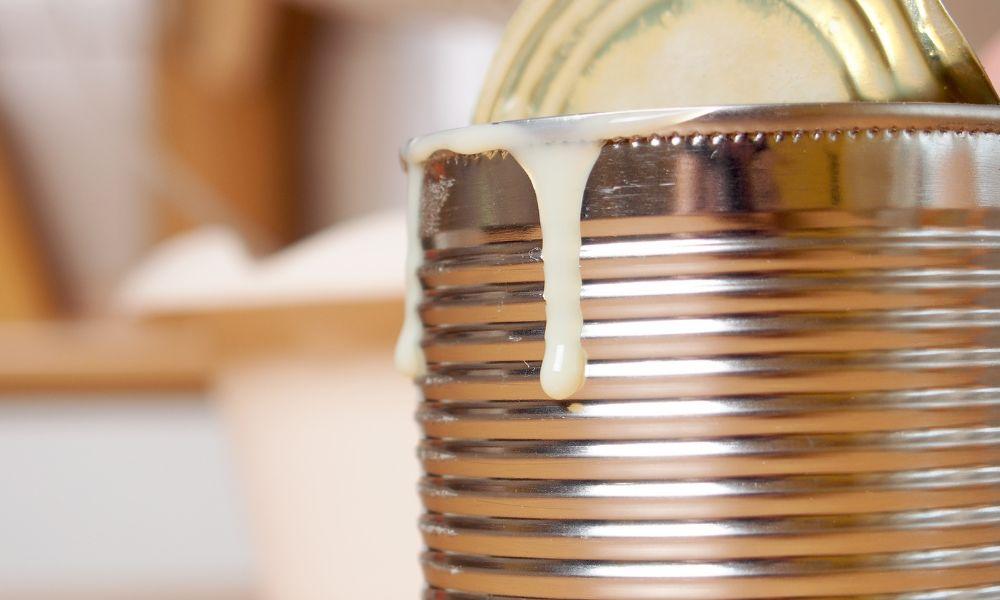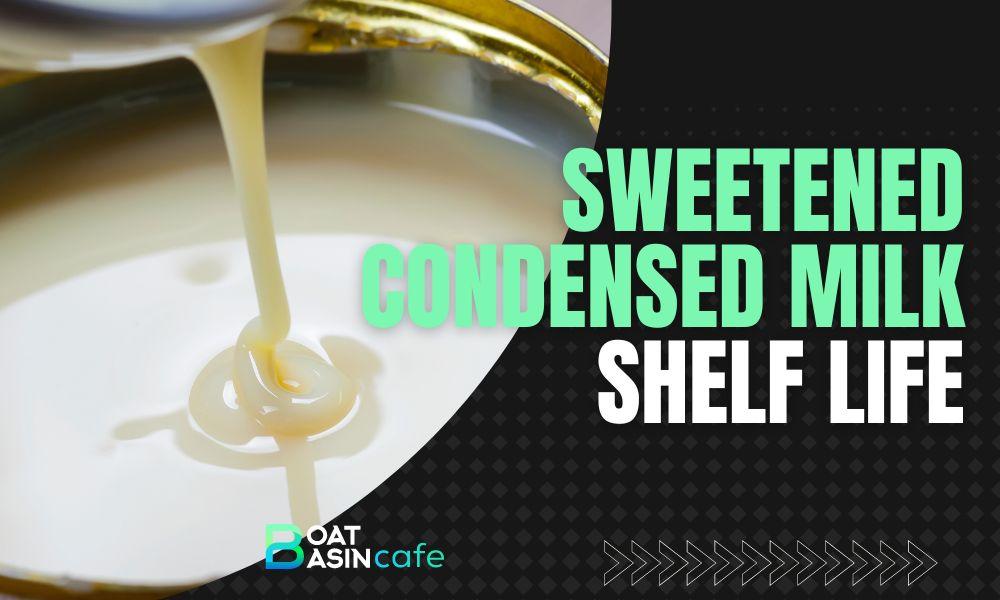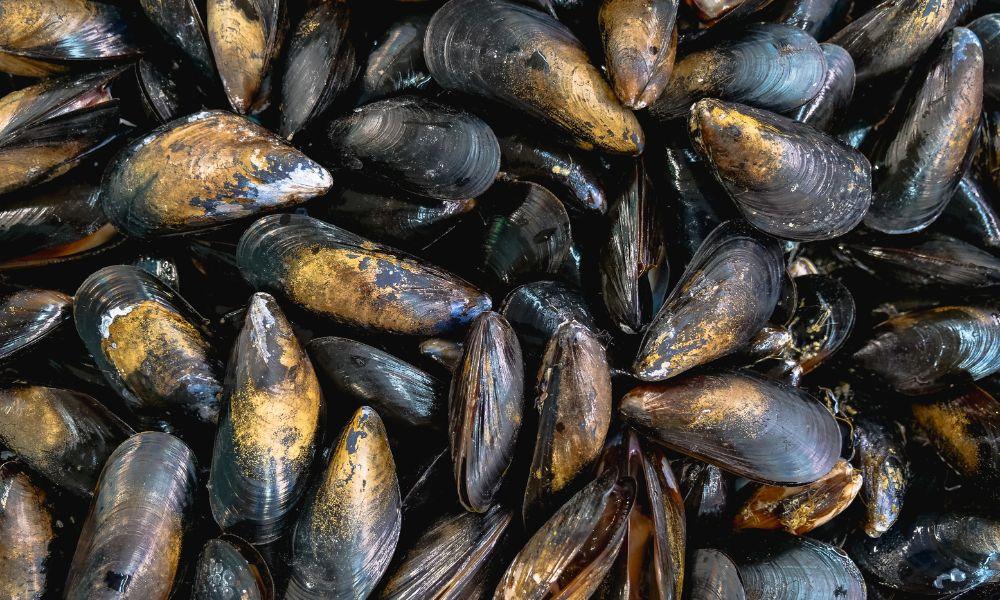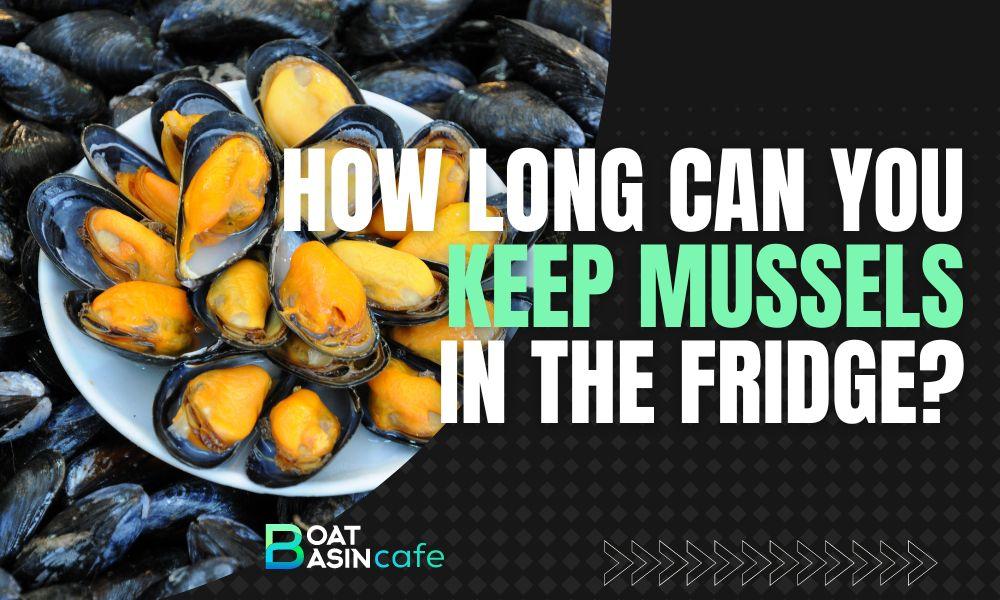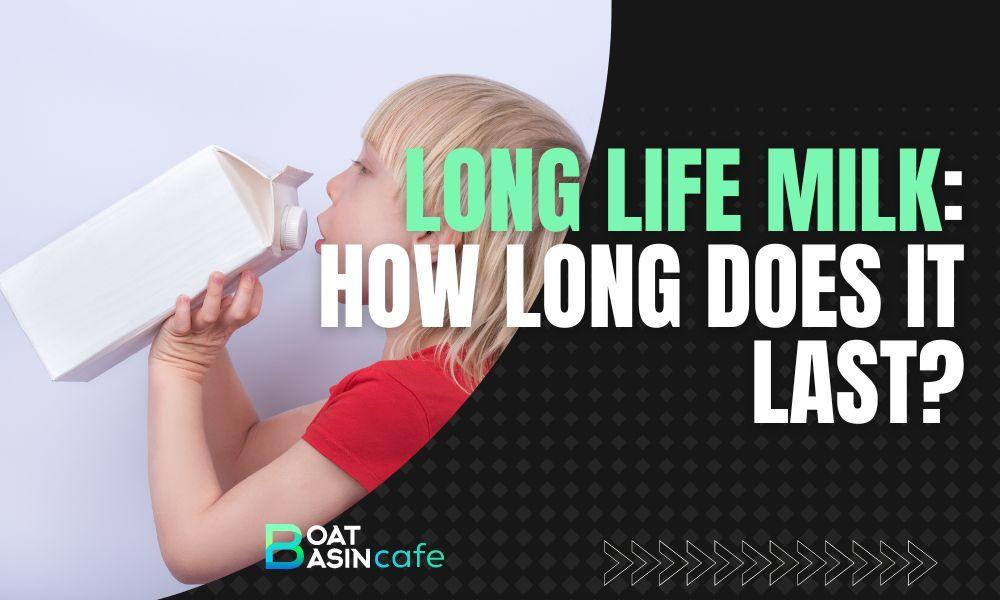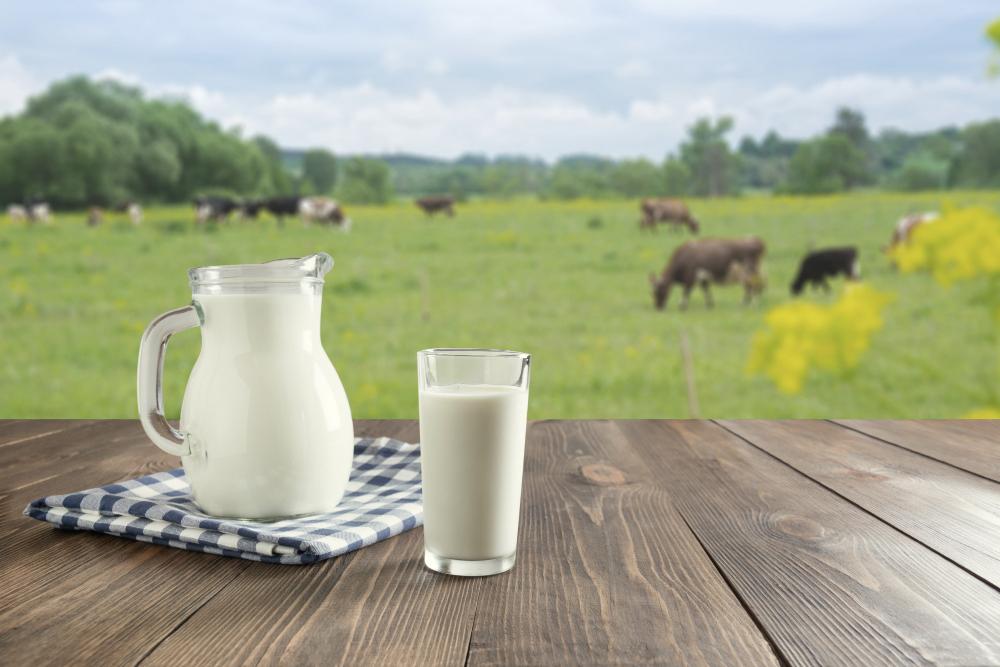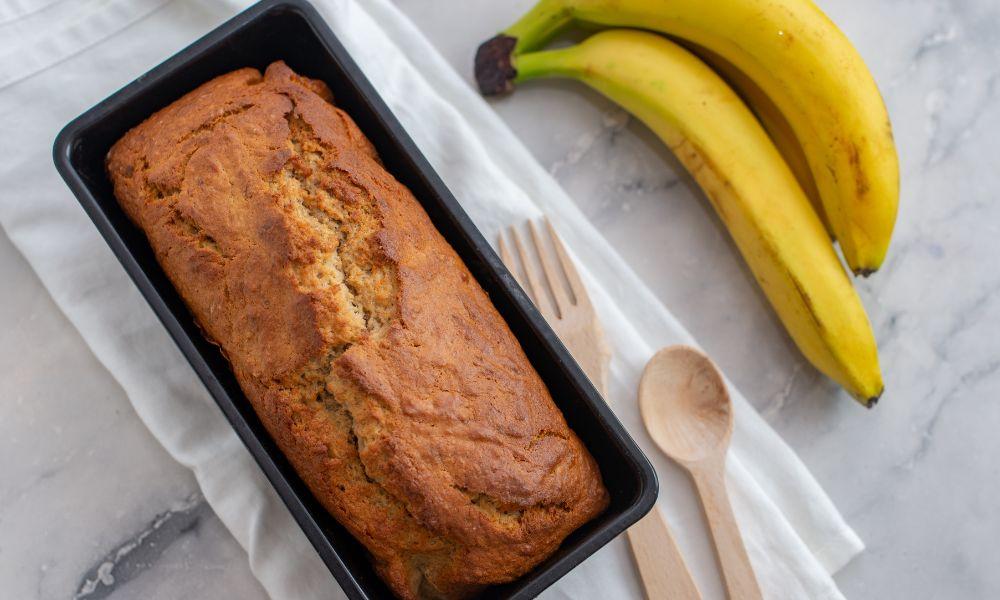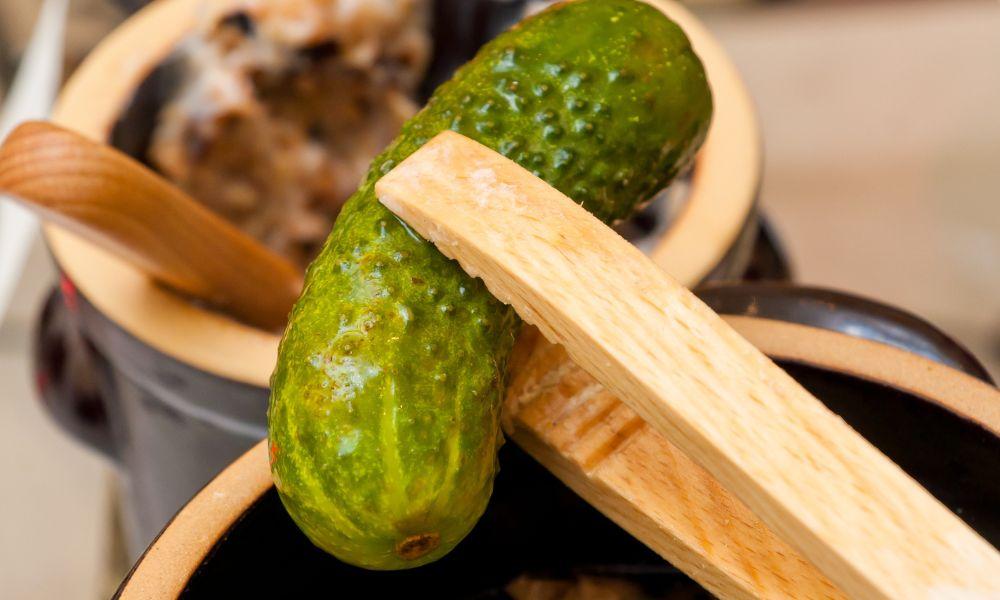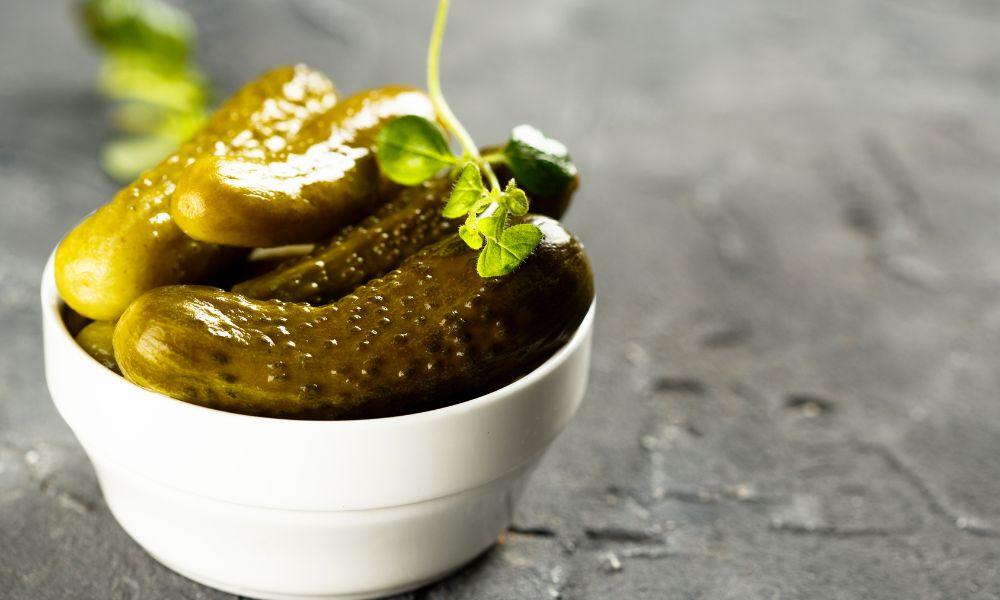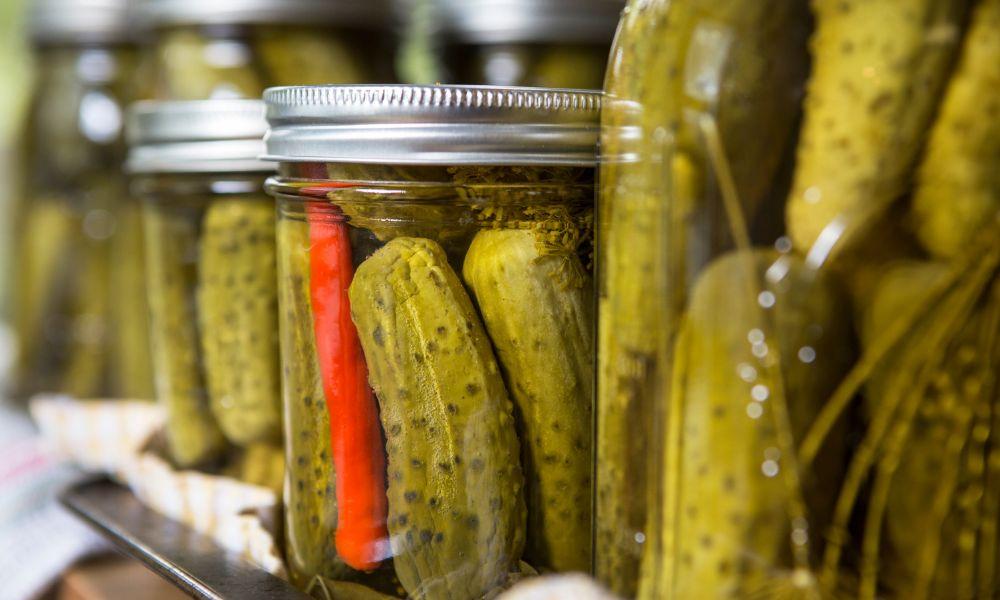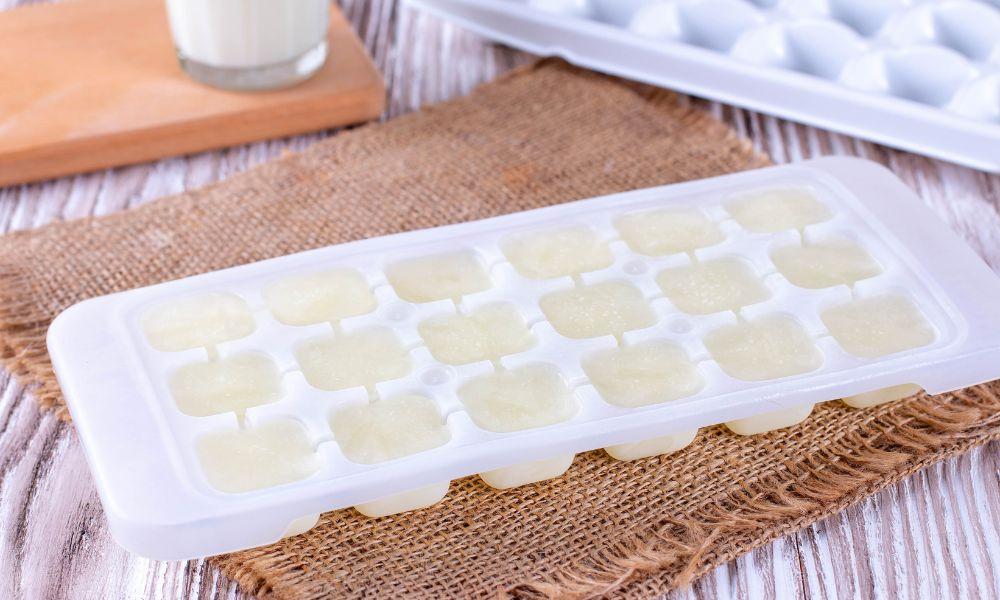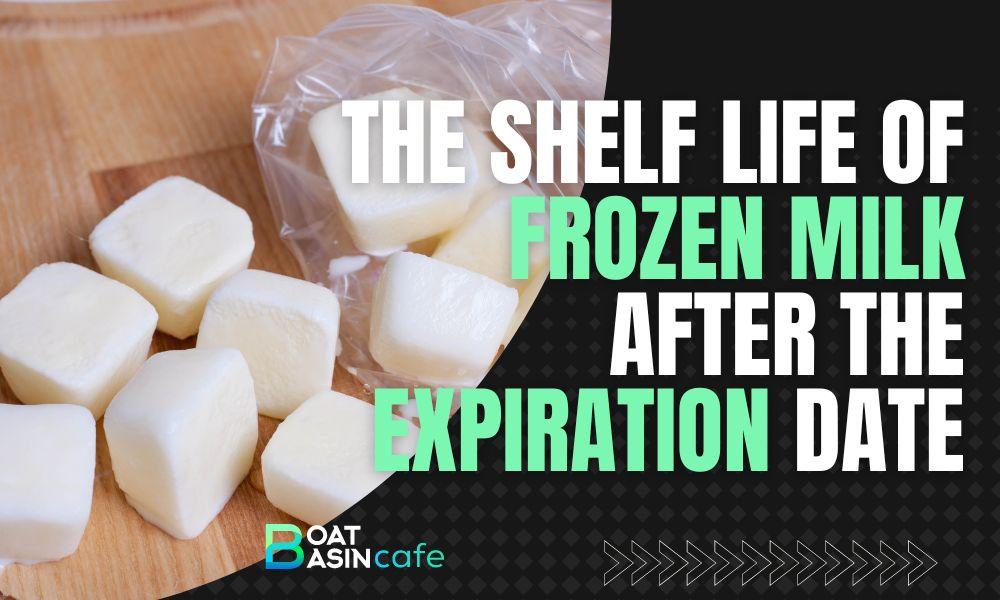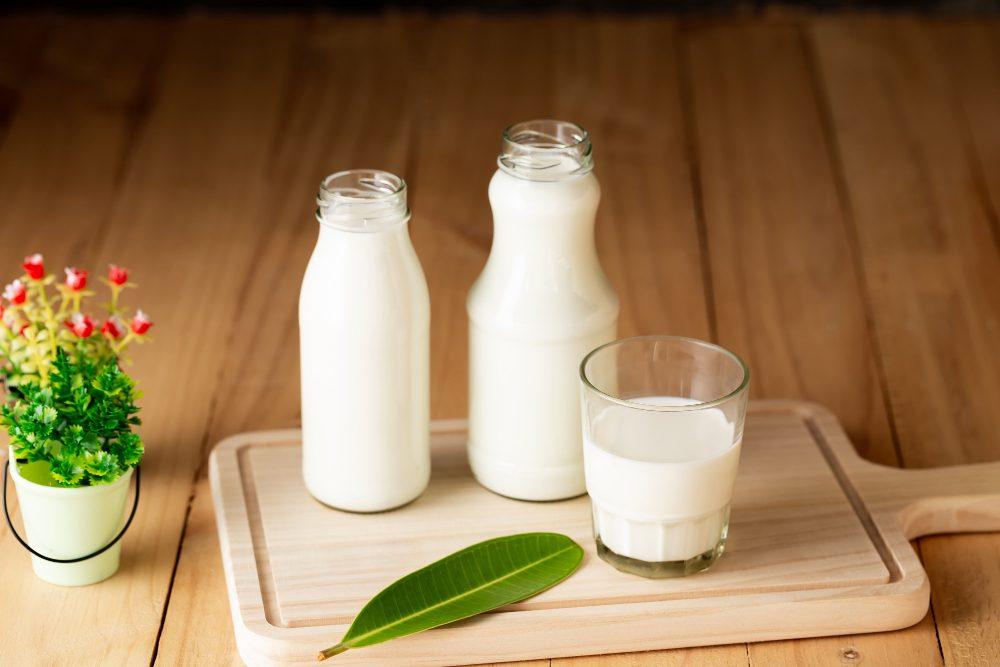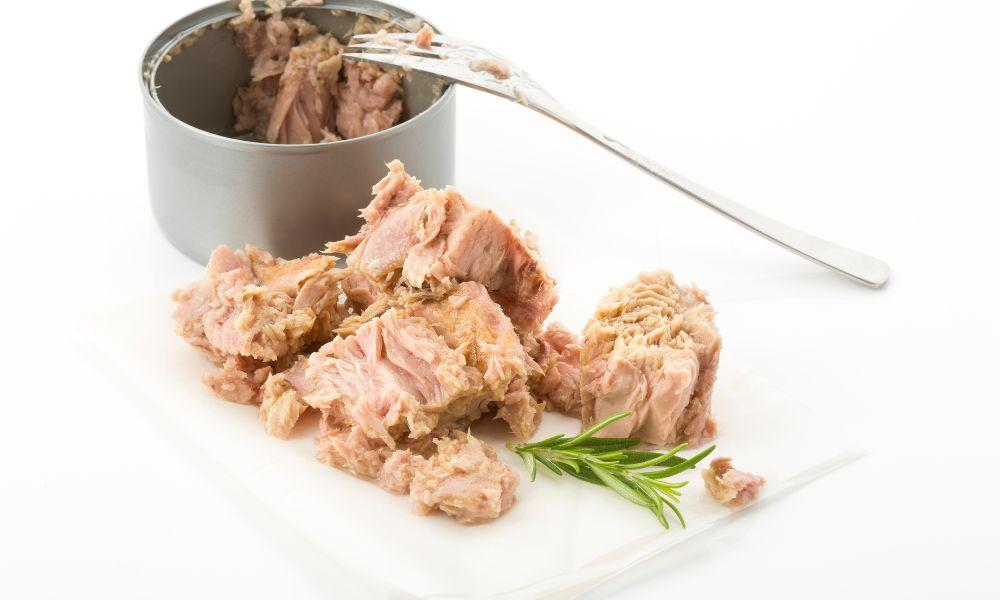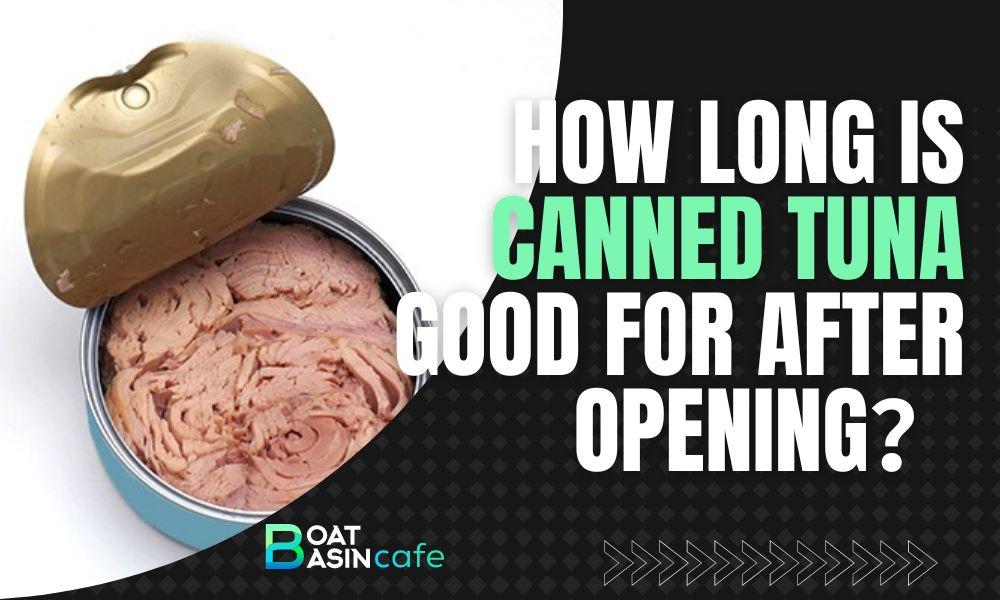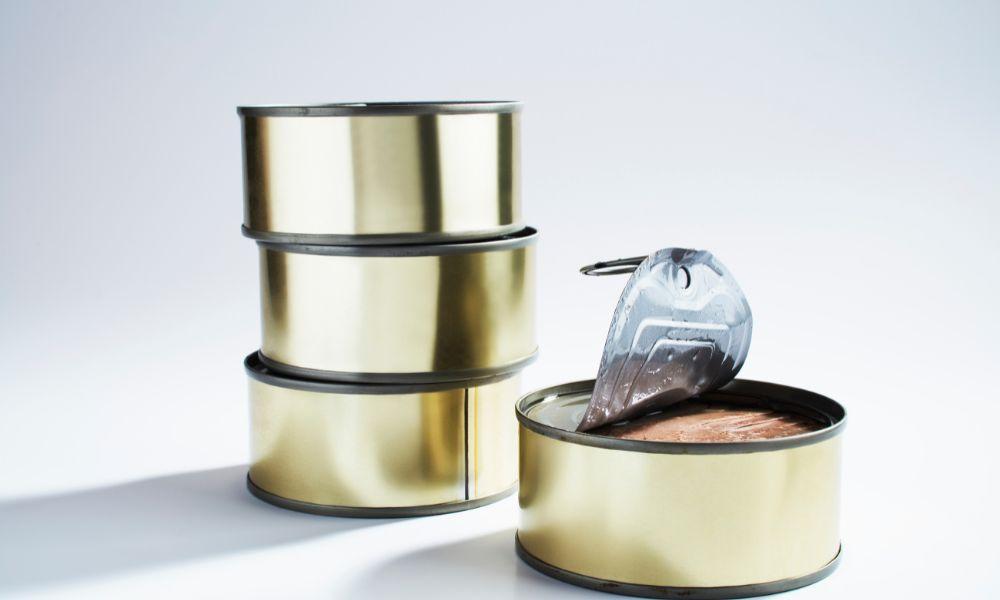Are you curious about how long your tasty cooked spinach remains fresh and safe to eat in the fridge? Worry no more! We’ve got you covered with valuable insights into maximizing storage life, identifying spoilage, and preserving that delicious flavor. Read on for an enlightening journey through the refrigerator, where spinach finds a temporary home before reaching your plate.
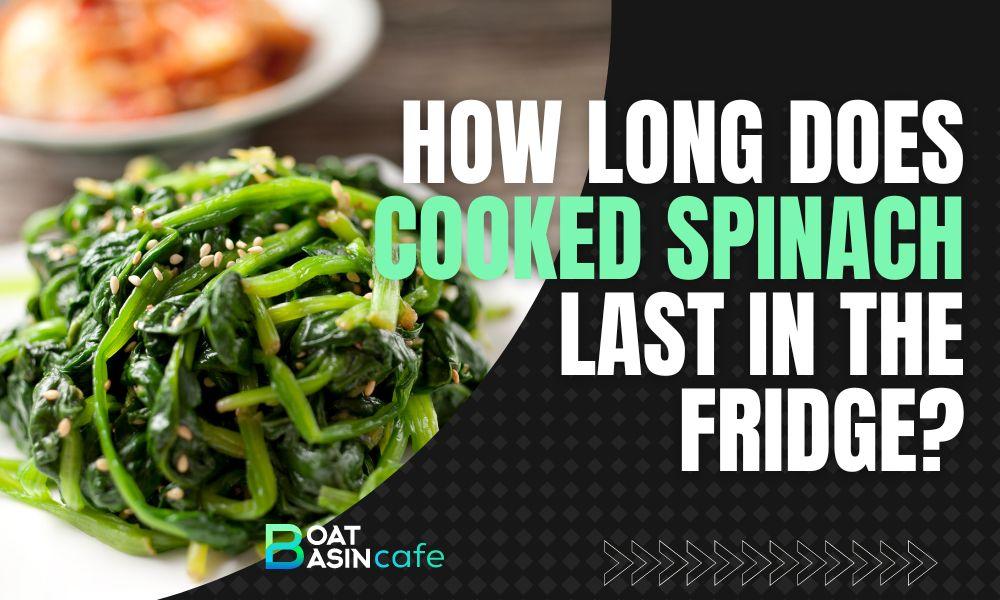
How Long Can Cooked Spinach Last in the Fridge?
In general, cooked spinach can last in the fridge for 3-4 days. However, several factors can affect the longevity of cooked spinach, such as the freshness at the time of cooking, how it’s been cooked, and the specific storage conditions. My experiments with storing spinach have made me realize that proper storage techniques are critical to prolong the storage duration and maintain flavor and nutrients. To answer the question “How long does refrigerated cooked spinach last?” more accurately, let’s dive into the appropriate storage methods.
Proper Storage Techniques
I’ve found that following these steps ensures the best way to store cooked spinach in the fridge:
- Allow the cooked spinach to cool completely before refrigeration. Storing hot or warm spinach in the fridge can result in condensation within the container, leading to faster spoilage.
- Use an airtight container or resealable bag to store the spinach. This keeps out excess moisture and air, which can cause food to spoil faster. It also helps maintain the cooked spinach’s flavor and nutrients.
- Be sure to store cooked spinach in the refrigerator’s coldest section, typically located at the back, for optimal temperature control. Also, ensure that the fridge is set at a temperature of 40°F (4°C) or below.
By following these steps, you’ll be able to keep your cooked spinach safe, flavorful, and nutrient-rich for a more extended storage duration. You may even be able to keep your cooked spinach fresh for a week!
Signs of Spoilage
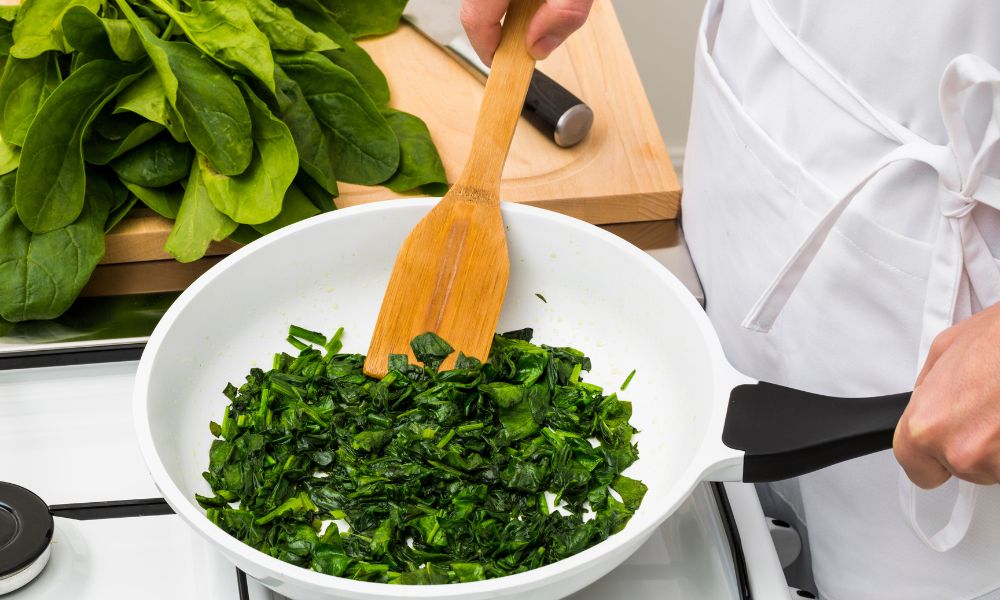
Despite following proper storage techniques, it’s essential to know the signs of spoilage to ensure that you’re consuming safe and enjoyable food. Here are some indicators that your cooked spinach has gone bad:
- Visual changes: Cooked spinach may develop a slimy or moldy appearance. Mold can appear in various colors, such as white, blue, green, or black. If you notice these visual changes, it’s best to discard the spinach.
- Off-putting odor: Spoiled cooked spinach may produce a sour or rotten smell. Trust your nose when evaluating the freshness of leftover cooked spinach.
- Changes in texture: If your cooked spinach feels slimy or has an unusual or unpleasant texture, it’s likely time to toss it.
Remember that it’s essential to discard any cooked spinach that shows these signs of spoilage to prevent foodborne illnesses or simply not enjoying your meal.
Tips to Maximize Freshness
To ensure your cooked spinach retains its flavor and nutrients and remains safe to consume, keep these strategies in mind:
- Consume your cooked spinach within the first 3-4 days for the best quality. After that period, the flavor, texture, and nutrients may begin to deteriorate, even if properly stored.
- You can freeze cooked spinach to prolong its shelf life. Use a freezer-safe container or bag, and don’t forget to label it with the date and contents. Frozen cooked spinach can last for 2-3 months, but its texture and taste might change slightly upon thawing.
- For meals with other ingredients, store cooked spinach separately in an airtight container to avoid cross-contamination and preserve the unique taste of each dish.
- Reheating cooked spinach thoroughly before consumption helps kill off any potential bacteria that may have developed during storage.
- To retain the flavor, nutrients, and health benefits of cooked spinach, consider adding a few drops of lemon juice or a splash of vinegar just before serving. The acidic nature of these substances can help preserve the quality and taste of your spinach.
With these tips in mind, you can certainly enjoy your leftover cooked spinach without losing its flavor or health benefits!
FAQs
How can I tell if cooked spinach has gone bad?
Look for visible signs of mold, sliminess, or unusual colors. Also, check for off-putting odors and abnormal textures. If any of these signs are present, it’s best to discard your cooked spinach.
Can I freeze cooked spinach to prolong its shelf life?
Yes, cooked spinach can be frozen for up to 3 months in a freezer-safe container or bag. Be aware that the texture and taste may change slightly upon thawing.
Is it safe to eat cooked spinach past the recommended storage duration?
While it’s best to consume cooked spinach within the first 3-4 days for optimal quality and safety, spinach that has been stored properly may still be safe to eat past this time. However, always check for signs of spoilage and use your judgment.
Can I store cooked spinach with other food items in the fridge?
It’s best to store cooked spinach separately in an airtight container to avoid cross-contamination and preserve the unique taste of each dish. Storing different food items separately also helps maintain their individual flavors and textures.
Conclusion
After learning the ins and outs of optimizing cooked spinach preservation in your fridge, you’re now well-equipped to enjoy your beloved spinach leftovers without doubts about freshness or safety. So, dig into your newly-empowered food storage knowledge while savoring your healthy and delicious spinach dishes. Bon appétit!


